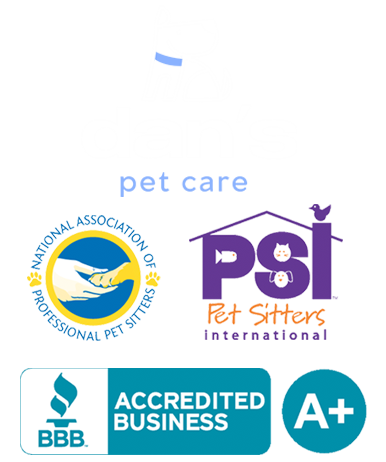Just like humans, dogs can also suffer from skin issues, including acne and pimples. Canine acne is a relatively common condition that can affect dogs of all breeds and ages, but it’s more prevalent in certain breeds like Boxers, Bulldogs, and Rottweilers. If your dog is developing small, red bumps on their chin, muzzle, or face, it might be canine acne. Understanding the causes, symptoms, and treatment options for this skin condition is essential for keeping your pup comfortable and healthy.
However, it’s important to note that this article is meant for informational purposes only. If your dog’s skin condition is not healing or worsening, you should consult your veterinarian for a proper diagnosis and treatment plan. Dan’s Pet Care is not providing medical advice and recommends seeking professional veterinary care if you have concerns about your dog’s skin health.
What is Canine Acne (Or Dog Pimples)?
Canine acne, sometimes referred to as dog pimples, is a skin condition that primarily affects a dog’s chin and muzzle area. It manifests as small red bumps or pustules (similar to pimples in humans) that can sometimes become swollen or filled with pus. The condition occurs when hair follicles become clogged with dead skin cells, bacteria, and oil, leading to inflammation.
Dogs with short coats and wrinkled faces are more prone to this condition due to their hair and skin structure. In many cases, the condition is not serious and can be managed with simple home remedies, but severe cases may require veterinary intervention.
6 Symptoms of Canine Acne
It’s essential to be able to identify canine acne to differentiate it from other skin conditions such as allergies, infections, or more serious skin diseases. Here are the most common symptoms of canine acne:
Small, Red Bumps: The most obvious sign of canine acne is the presence of small, red bumps on the dog’s chin or muzzle.
Pustules or Whiteheads: Just like human acne, some of these bumps may fill with pus, forming whiteheads.
Swollen or Inflamed Skin: The affected area might appear red, inflamed, or swollen.
Hair Loss Around the Area: The skin around the bumps may become hairless if your dog rubs or scratches the affected area frequently.
Pain or Discomfort: Your dog may show signs of pain or discomfort when the area is touched.
Itchiness: Dogs might try to scratch or rub their face against objects, which can aggravate the condition.
6 Causes of Canine Acne
Understanding what causes canine acne can help in preventing future outbreaks. Here are some common factors that contribute to the development of acne in dogs:
Hormonal Changes
Just like in humans, hormonal changes during adolescence can lead to an increased risk of developing acne. This is why canine acne is more commonly observed in young dogs.
Skin Trauma
Trauma to the skin, such as rough play or scratching, can irritate hair follicles and result in clogged pores, leading to acne.
Poor Hygiene
Dirt, bacteria, and food residue around the chin and muzzle can clog pores, resulting in pimples.
Allergies
Allergies to certain foods, medications, or environmental factors can also trigger acne in dogs.
Underlying Health Conditions
In some cases, underlying health issues such as a weak immune system can make a dog more susceptible to acne.
Genetics
Some breeds are genetically predisposed to developing acne due to the structure of their skin and hair follicles. Breeds with short coats or wrinkled skin, such as Boxers, Bulldogs, and Rottweilers, are more prone to this condition.
How to Treat Canine Acne
Treating canine acne can range from simple home remedies to more involved treatments, depending on the severity of the condition. Below are some common treatment options:
1. Keep the Area Clean
Maintaining good hygiene is crucial for managing and preventing canine acne. Clean your dog’s face regularly, especially after meals, to remove any dirt, oil, and food particles that can clog hair follicles.
Use a Mild Cleanser: Use a dog-specific facial cleanser or mild antiseptic wipes to clean the affected area daily.
Avoid Human Products: Never use human acne treatments, as they can contain ingredients harmful to dogs.
2. Topical Treatments
For mild cases, over-the-counter topical treatments can help clear up acne. Use products specifically formulated for dogs, such as:
Benzoyl Peroxide Gels or Shampoos: These are commonly used to treat acne in dogs, as they help remove excess oil and reduce bacterial buildup.
Antiseptic Wipes: Chlorhexidine wipes can be used to clean the area and reduce bacterial contamination.
Aloe Vera Gel: A natural remedy that can help soothe irritated skin.
3. Change Their Diet
If your dog’s acne is related to food allergies, changing their diet may help. Consult your veterinarian to rule out any food allergies and determine if a diet change is necessary.
Introduce Hypoallergenic Foods: If food allergies are suspected, consider switching to a hypoallergenic dog food.
Omega-3 Supplements: Omega-3 fatty acids can help reduce inflammation and improve overall skin health.
4. Use an Elizabethan Collar
If your dog tends to scratch or rub their face frequently, use an Elizabethan collar (also known as an “e-collar” or “cone”) to prevent further irritation and allow the skin to heal.
5. Avoid Plastic Bowls
Plastic food and water bowls can harbor bacteria, which can contribute to acne. Switch to stainless steel or ceramic bowls, which are easier to keep clean and don’t accumulate bacteria as easily.
6. Consult Your Veterinarian for Severe Cases
If your dog’s acne is severe, persistent, or causing them significant discomfort, consult your veterinarian. They may prescribe antibiotics, steroids, or other medications to treat the condition.
7. Consider a Dermatology Specialist
For dogs with chronic or severe acne, seeing a veterinary dermatologist might be necessary to rule out any underlying skin conditions or infections.
Home Remedies for Canine Acne
For mild cases of canine acne, there are a few home remedies you can try:
Warm Compresses: Apply a warm, damp cloth to the affected area for a few minutes to help open up the pores and reduce inflammation.
Coconut Oil: Apply a small amount of coconut oil to the affected area to soothe and moisturize the skin.
Apple Cider Vinegar Solution: Dilute apple cider vinegar with water and use a cotton ball to gently dab the affected area.
Always monitor your dog’s response to these treatments and discontinue use if the condition worsens.
Preventing Canine Acne
Prevention is the best approach when it comes to managing canine acne. Implement these steps to keep your dog’s skin healthy:
Regular Face Washing: Wash your dog’s face with a mild, dog-specific cleanser after eating or playing outside.
Use Clean Bowls: Make sure to clean your dog’s food and water bowls regularly to prevent bacterial buildup.
Regular Grooming: Keep your dog’s coat clean and well-groomed to reduce the risk of skin irritation.
When to See a Veterinarian
While mild cases of canine acne can often be treated at home, it’s important to know when to seek professional help. If your dog’s acne shows any of the following signs, contact your veterinarian:
Severe Swelling or Redness
Bleeding or Oozing Pimples
Pain When Touched
Loss of Appetite or Lethargy
**Disclaimer
The information in this article is meant for informational purposes only. Dan’s Pet Care is not providing medical advice. If your dog’s condition is not improving or worsening, consult your veterinarian for a proper diagnosis and treatment plan.
How Dan’s Pet Care Can Help
While Dan’s Pet Care does not offer medical treatments, we provide top-notch dog grooming and pet care services that help maintain your dog’s overall health and hygiene. Regular grooming can prevent skin issues like acne and keep your dog looking and feeling their best. If you’re on Long Island and need help maintaining your dog’s coat and skin, contact Dan’s Pet Care for professional grooming services.
How to Identify and Treat Canine Acne or Dog Pimples
Canine acne can be uncomfortable for your dog, but it’s usually a manageable condition. By keeping your dog’s face clean, using appropriate treatments, and consulting your veterinarian when necessary, you can help keep your dog’s skin healthy and clear. Remember, if your dog’s acne doesn’t improve with basic care, seek professional veterinary advice to rule out any underlying conditions.
With regular attention to your dog’s skin health, you can help prevent acne and ensure that your furry friend remains happy, healthy, and comfortable.





